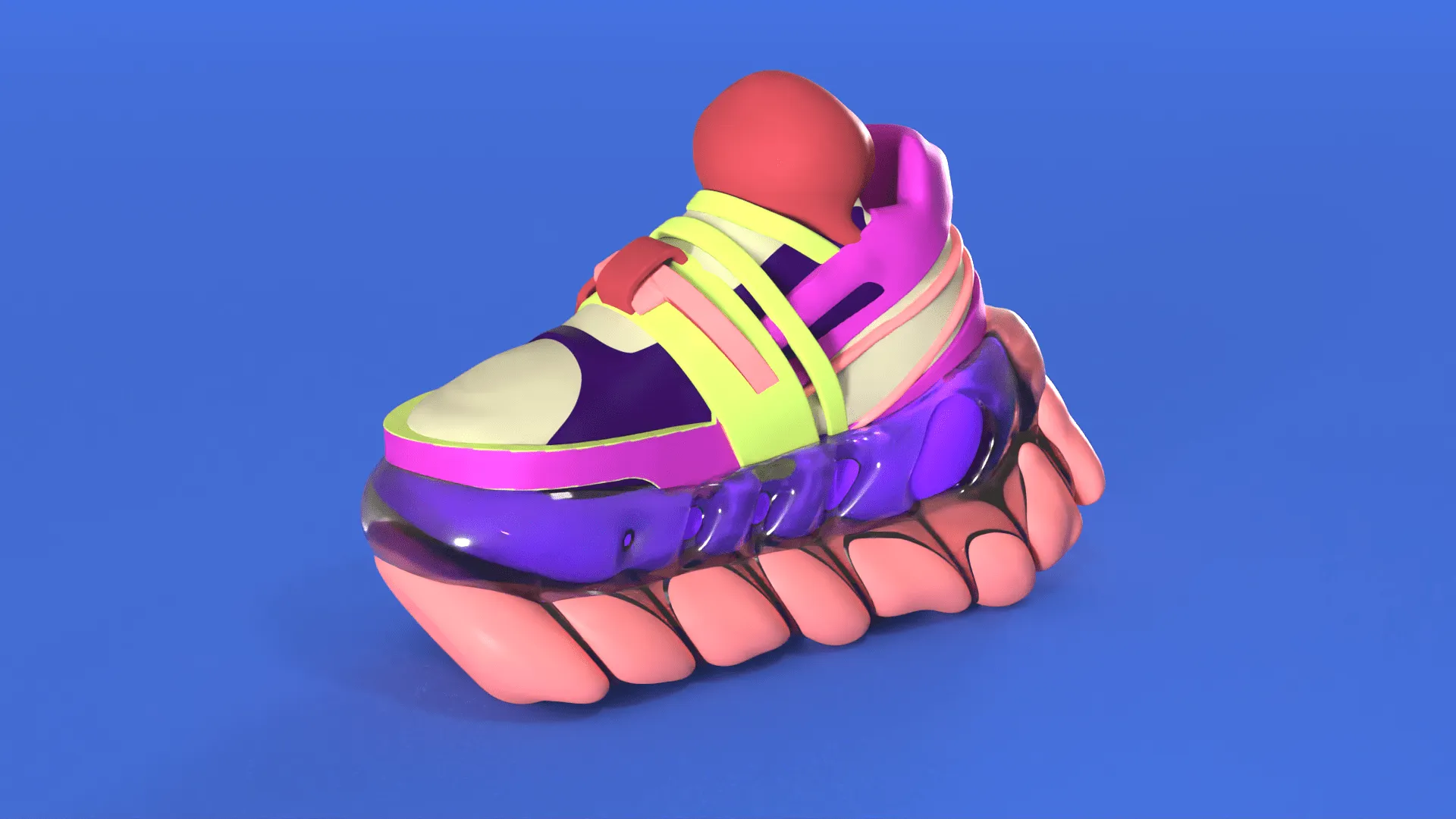
Have you ever seen a movie with stunning special effects and wondered how they were created? Or perhaps you've marveled at the intricate designs of a high-performance shoe and wondered how it was made? Well, the answer is often 3D graphics. From movies and advertising campaigns to product design and architecture, 3D graphics are everywhere these days. And it's not just about creating cool visuals; 3D graphics are transforming the way we design, test, and experience the world around us. So, let's take a closer look at some specific examples of how 3D graphics have been used in real-life applications in graphic design.
Nike Flyprint: Nike's Flyprint shoe was created using 3D printing technology. The shoe's upper was designed using a combination of 3D modeling software and generative design algorithms, allowing for a custom fit and improved performance.
Nike has used 3D printing for components of their shoes, such as the soles or midsoles. For example, the Vaporfly Elite shoe, which was used by Eliud Kipchoge in his record-breaking sub-two-hour marathon, featured a 3D-printed plate in the midsole.
Assassin’s Creed: The popular video game series Assassin’s Creed features highly detailed and realistic 3D environments, which help to immerse players in the game’s historical settings. These environments are created using a combination of 3D modeling software and game engine technology, which allows designers to create highly interactive and engaging worlds.
Coca-Cola's Arctic Home Campaign: Coca-Cola's Arctic Home campaign featured a 3D animated polar bear, which was created using 3D modeling software and then animated using motion graphics techniques. The polar bear was used in advertising and promotional materials to raise awareness of the polar bear's habitat.
Apple's iPhone X Ad: Apple's iPhone X ad featured a 3D animated emoji character that was created using 3D modeling software and then animated using motion graphics techniques. The animated emoji character was used in advertising and promotional materials to showcase the new facial recognition technology in the iPhone X.
Volkswagen's Virtual Test Drive: Volkswagen's virtual test drive experience was created using 3D modeling software and virtual reality technology. The experience allowed potential customers to test drive a Volkswagen car in a virtual environment before visiting a dealership.
The Martian: The 2015 film The Martian featured realistic 3D renderings of the planet Mars, which were created using 3D modeling software and then animated using visual effects techniques. The 3D renderings helped to create a convincing and immersive portrayal of the Martian environment.
Overall, these are just a few examples of how 3D graphics have been used in real-life applications in graphic design. From creating custom-fit shoes to animating characters in advertising campaigns, 3D graphics are transforming the way we design and experience the world around us.
The world of typography is constantly evolving, and the next decade promises to bring even more exciting changes. From bold new designs to innovative technologies, there are plenty of trends and predictions that are sure to shape the future of typography.